Physics is the science of how nature works at the most fundamental level, from the smallest blocks of matter and the fundamental forces, to the largest structures in the universe. Physics uses mathematics to describe experimental results, which in turn confirm or refute the theories presented. Theories can be used to make new predictions, e.g., the properties of newly developed materials. Physics is often the basis for new inventions, such as the refrigerator, the transistor, and the tv.
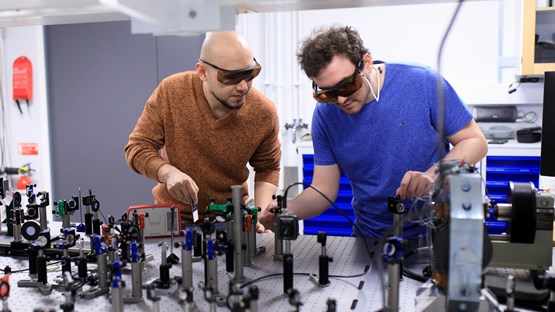
His research lays the foundation for the light-operated and energy-efficient computers of the future.
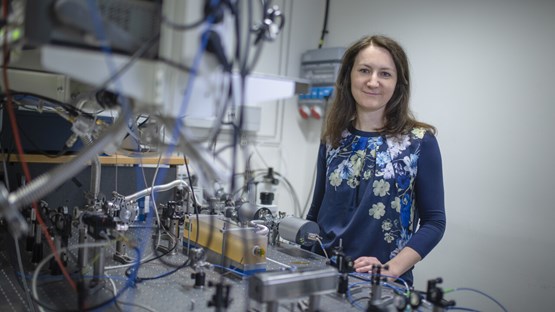
As a young woman in Poland, Aleksandra Foltynowicz broke the norms when she followed her passion for physics.

Under certain conditions the induced magnetosphere of Mars can degenerate, a study in Nature shows.

The structural changes that occur in graphite during oxidation have puzzled scientists for 50 years.

Lakshmi Das receives Marie Curie Fellowship to investigate new material with ultra-fast light pulses.

The AI system has been developed on a supercomputer in several million training steps.

Anne L'Huillier and Ferenc Krausz have worked with researchers at the Department of Physics for many years.
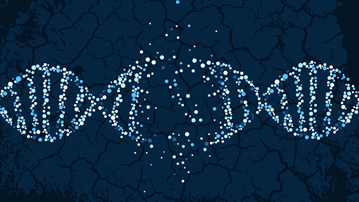
Life science researchers invited to the launch of IceLab stress response modeling excellence center June 10-11
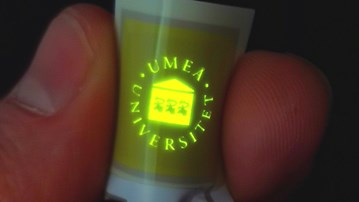
A new method for measuring efficiency losses gives a breakthrough in the development of new light sources.
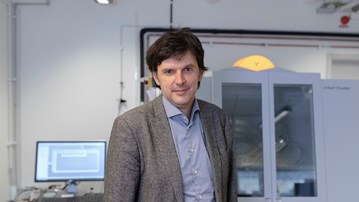
Produces significantly fewer defects compared to the most commonly used method today.
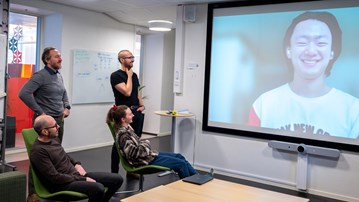
STINT-funded research collaboration with Inha University researchers begins with a visit to Incheon, Korea

Nicolò Maccaferri wants to create hard drives that work like 'time machines'.

Ferenc Krausz's advice to young researchers: "Find the right question for yourself."

Nicolò Maccaferri and André Mateus have been appointed Wallenberg Academy Fellows.